Libeskind Arts, The Great Knot, Certified on Verisart
How to be a successful NFT artist: advice from 4 artists
Four artists share tips and advice for making sure you get it right and find your audience in the NFT space.
From deciding which marketplace is right for you to wrapping your head around minting, gas fees and digital wallets - navigating the crypto space can be daunting when you’re just starting out. If you’re thinking about creating and selling your own NFTs, we’ve got you, because we asked 4 Verisart certified NFT creators to share their tips for success.
1. Find the right marketplace for you
There are a variety of marketplaces available to buy and sell NFTs. OpenSea offers the broadest selection of crypto collectibles. You can mint anything from NFT artworks to game items, trading cards and other digital collectible goods. Anyone can gain access to the platform to buy, sell and trade NFTs, making it a popular choice for those looking to reach the widest audience.
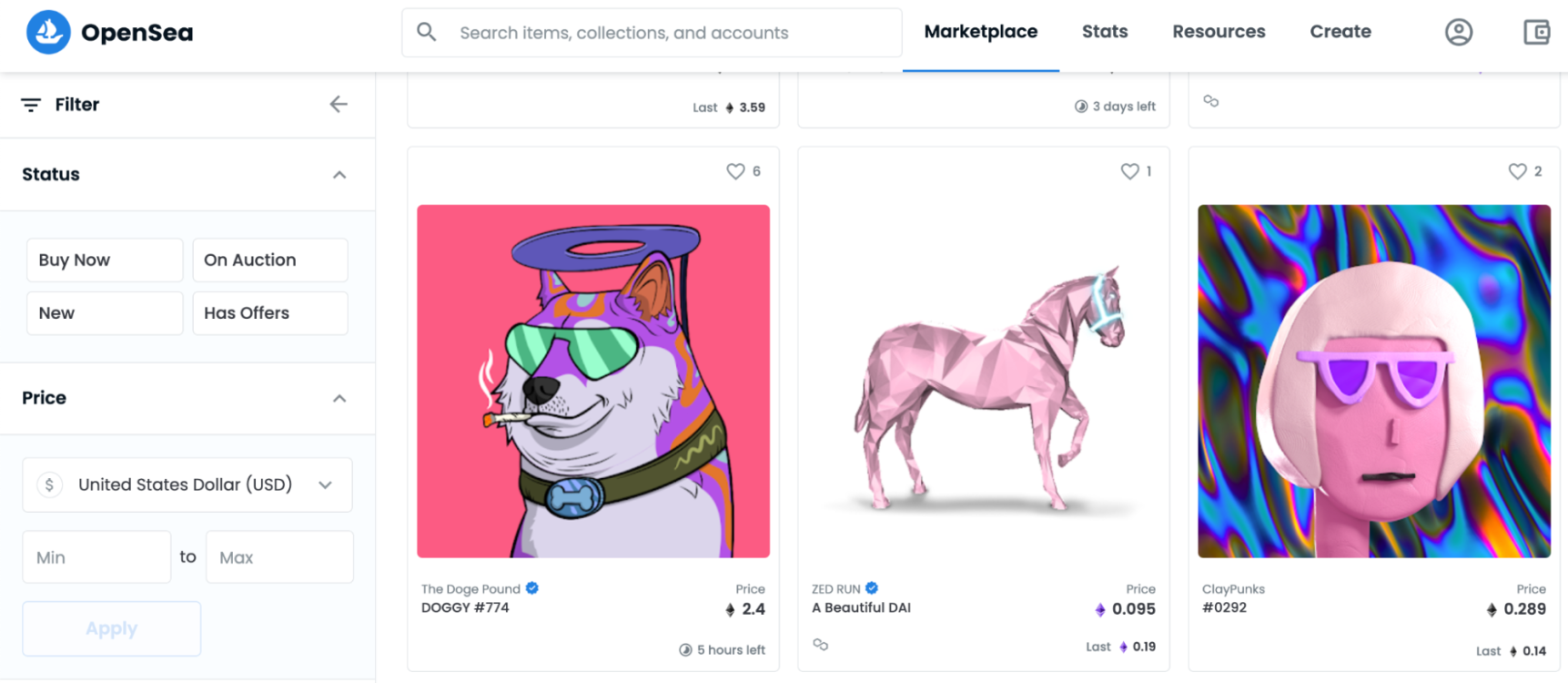
If your focus is on making sales, it can be helpful to look at the average sales price and quantity on each of the different platforms. Verisart helps artists mint and list works for sale on OpenSea and Rarible, but artists can certify any NFTs minted on Ethereum marketplaces.
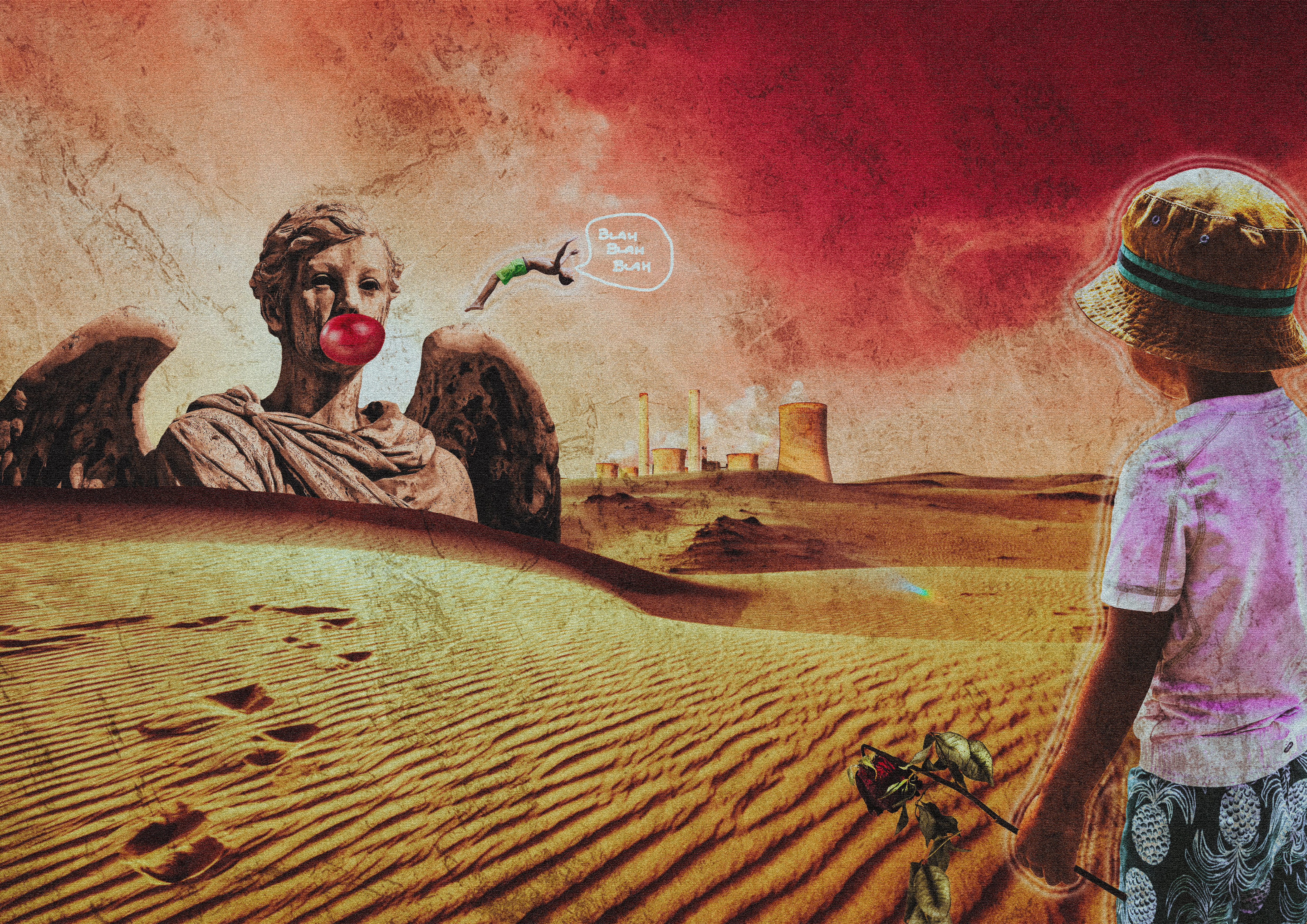
2. Use a testnet
Some NFT marketplaces like Rarible and OpenSea allow artists to experiment with test-nets before minting their artworks. Testnets are identical to the software behind cryptocurrencies and are commonly used for conducting experiments without disturbing the main chain. For NFT artists, testnets are helpful for gaining a better understanding of the process and avoiding making any mistakes along the way.
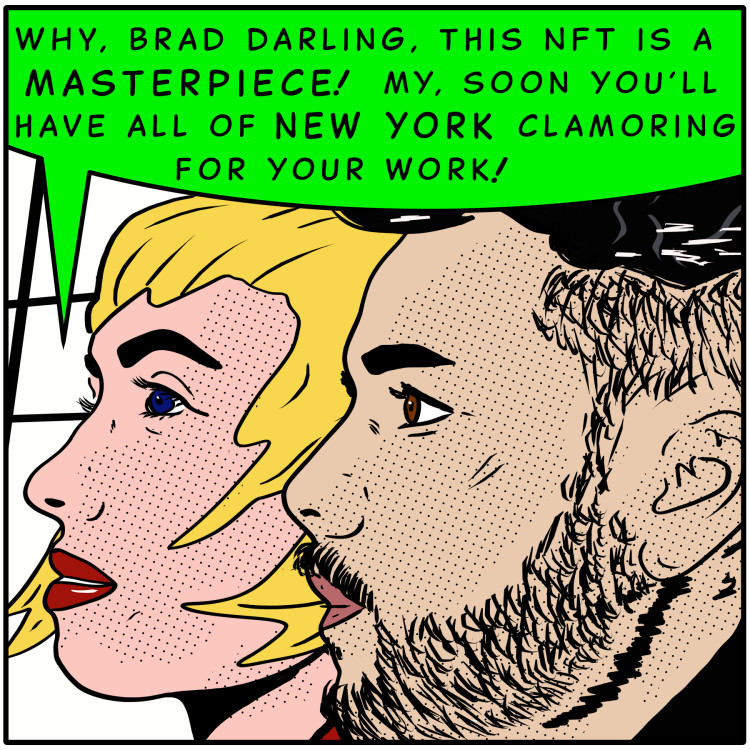
3. Mint your NFTs when gas fees are low
Gas prices pay for the computational mining power required to process transactions on the Ethereum blockchain. These fees fluctuate in accordance with real-time network traffic. In other words, gas prices are much higher when the network is crowded.
To avoid costly fees, try minting when less people are active in the ETH market. “I tend to mint only when the days are calm and still I set my Metamask to a maximum GWEI [a small unit of ETH] value that I believe can be reached in a few hours”, states Brazilian digital and NFT artist Melissa Duarte. Etherscan is a useful tool for artists to track real-time gas price data by time-of-day and local timezone.
4. Understand how to market yourself on social media
You can’t just rely on marketplaces to do all the work for you. Understanding how to market yourself properly on social media is key for engaging potential collectors, building a reputation and improving the discoverability of your art. “It’s not just about minting”, states Wood, “I’ve sold more [NFTs] as a result of marketing more.”

5. Connect with other artists
Social media is also a great way of building a network of like-minded creators around you. The NFT market wouldn’t be what it is today without the backing of the community it rides on. “The market is driven by other artists, so it helps to amplify each other’s messages”, states Lev Libeskind, founding member of the NFT collective Libeskind Arts.

Artist Andrew Wood accredits his 16k Twitter following to the fact that he regularly shares content from other creators on his feed. This had a knock-on effect with artists reciprocating the gesture, helping other artists and collectors discover his works. Many NFT artists also collect NFT artworks from other artists within the community, so who knows, maybe this could even lead to a few sales!
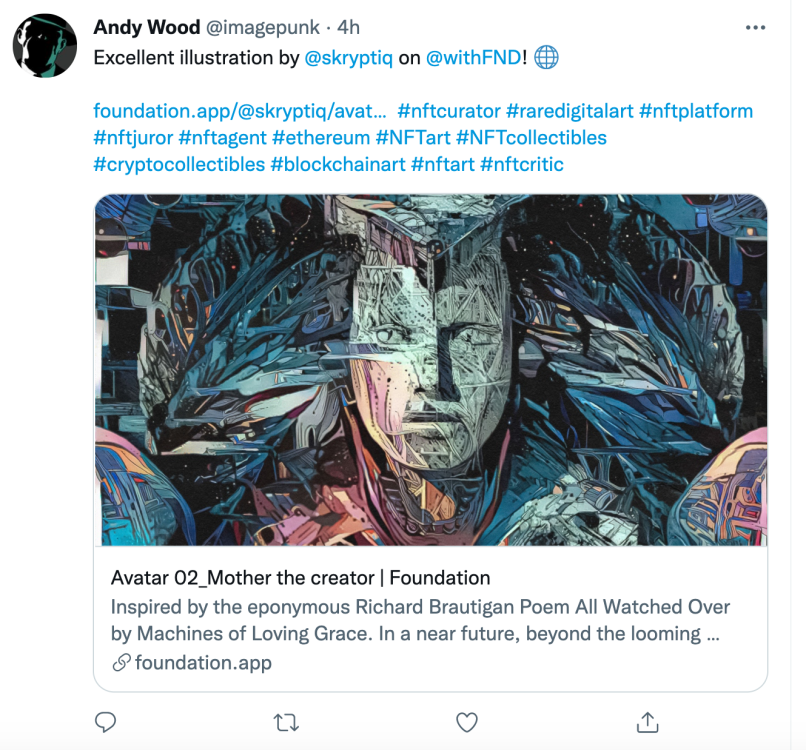
Leveraging the NFT community to your advantage can also be a great way to learn more about the space and from other artists who are more established than yourself. “Join the Discord and Twitter community and interact with experienced artists”, advises Melissa Duarte. For the most part, you’ll find that other NFT artists will be more than happy to help you out.
6. Stand out from the crowd
While some artists make a living selling NFTs, many also struggle to get noticed. “It’s not that easy. NFT artists expect to be like Beeple and sell their works for $65million, but the market is oversaturated”, states Wood. “It’s very difficult to get attention”, says Lev Libeskind. In order to stand out from the crowd, define what makes you unique as an artist and run with it. “I stood out a lot for doing what I wanted” states Melissa, “I will always make the art I want to make and not art I know will sell more easily!”

7. Look more professional with a Certificate of Authenticity
Impress collectors with museum-quality Certificates of Authenticity, securely registered and recorded on the blockchain. “A [Verisart Certificate] elevates my works to a different level, and collectors feel this too. They pay attention to these small details”, explains Sergei Degtyaryov, a traditional painter who has recently made the leap into the NFT world.
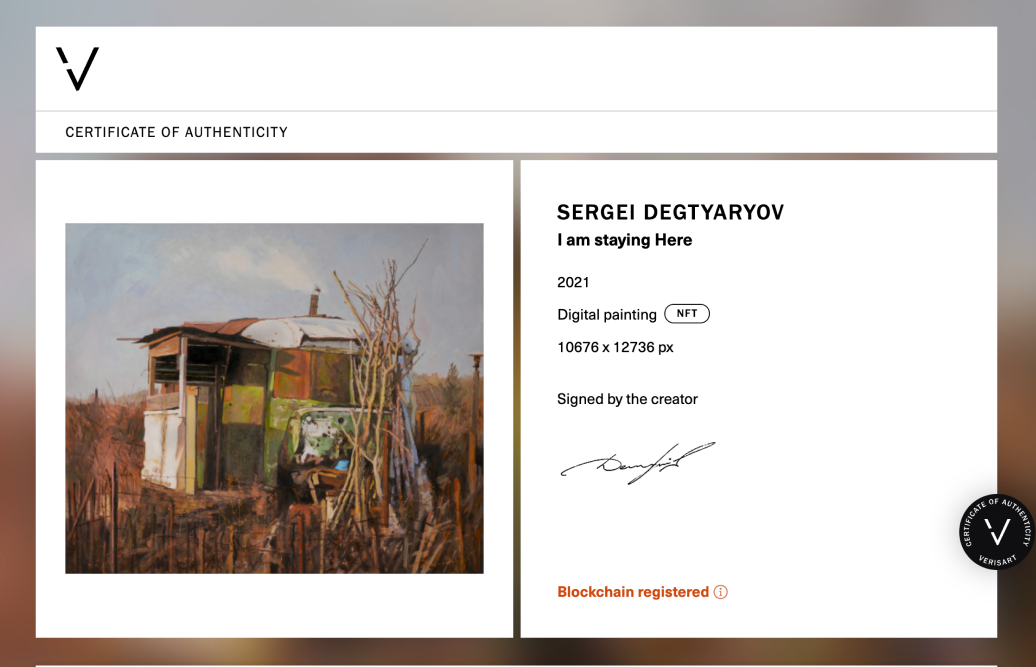
8. Assure collectors that you're the real deal
A common misconception of NFTs is that they are Certificates of Authenticity in themselves, but they don’t always prove the identity of the creator and therefore don’t guarantee creative authenticity. As a result of this fraud is becoming an issue within the NFT market.
At Verisart, all our NFTs come with an integrated certificate and we always verify the identity of the artist, providing a definitive link between creator and creation. “Anything you can do to give more value and add some class and legitimacy, as well as the added security that you know the person that created it”, explains Libeskind.
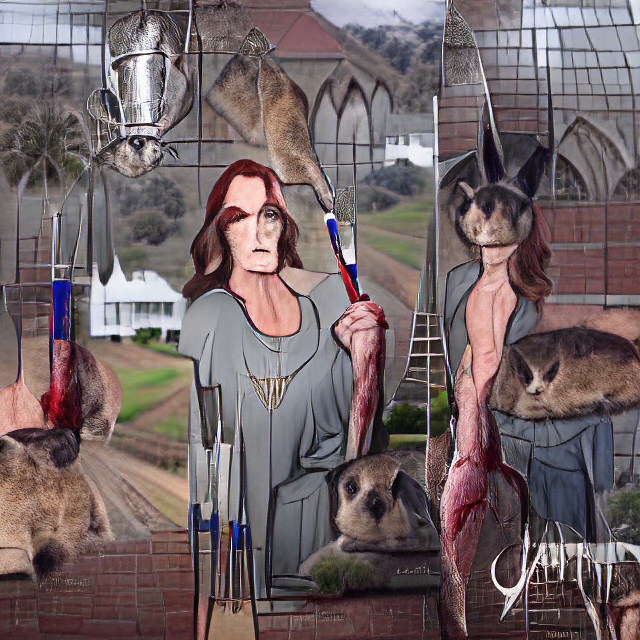
9. Provide additional information and collector rewards
“A Verisart Certificate of Authenticity can attach unlockable files that only the collector will have access to”, states Melissa. Through providing additional files and collector rewards, a Verisart certificate allows you to tell the story of the artwork, wrapping it with a layer of context and exclusive collection content.